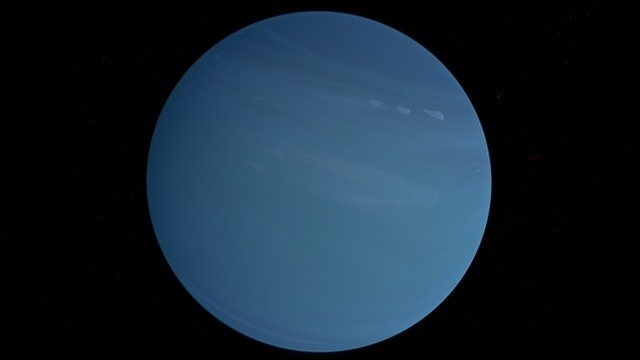
On other planets, it might be raining diamonds, unlike on earth; on such planets can be out in the cosmos. Scientists opened up the possibility after plastic was created from eccentric rain; that happens in Uranus and Neptune.
Unusual Rain on Other Planets
Researchers had earlier hypothesized that thousands of kilometers below the surface of the frozen giants, under circumstances of extreme heat and pressure, carbon and hydrogen have been transmogrified into solid diamonds, reported Science Alert.
Researchers had earlier hypothesized that thousands of kilometers below the ice giants' surface, under extreme heat and pressure, carbon and hydrogen have been transmogrified into solid diamonds.
A recent analysis in the journal Science Advances got to add oxygen to the mix and revealed that "raining diamonds" could occur more often than initially assumed.
Since ice giants such as Neptune and Uranus are presumed to be the most common form of planets outside our Solar System, this exotic rain may be present all over the Universe.
One of the study's authors, Dominik Kraus, a physicist at Germany's HZDR research lab, indicated that moisture on earth is very different from gemstone precipitation, citing Wion News.
The diamonds are believed to develop in a "hot, dense fluid" underneath the planet's crust, progressively descending to the rocky, possibly Earth-sized cores well over 10,000 kilometers below.
Kraus told AFP that sheets of fallen diamonds could stretch hundreds of kilometers or even further.
He tried to claim that raining diamonds may not be refined and cut like a nice jewel on a ring. They have been generated from the same forces that are present on earth would be in the cosmos.
To recreate the method, the research group realized the appropriate amount of carbon, hydrogen, and oxygen in PET plastic, which would be frequently used for containers and wrapping for meals.
He attempted to argue that while these diamonds were not refined and cut like a lovely jewel on a ring, they were created by the same forces that exist on earth.
Kraus mentioned that though the scientists used PET plastic that was super clean, the test must function with Coca-Cola bottles in principle.
So, at SLAC National Accelerator Laboratory in California, this same group used a strong optical laser to cut through the material.
He clarified that the oxygen, which is plentiful on those planets, genuinely aids in draining away the hydrogen atoms from the carbon, making it easier for all the other diamonds to constitute.
How Nanodiamonds Are Made
The experiment may point to a new method for creating nanodiamonds that have a wide and growing range of applications, including drug delivery, medical sensors, non-invasive surgery, as well as quantum devices.
According to SLAC scientist and research co-author Benjamin Ofori-Okai, nanodiamonds are made primarily by trying to blow up a bunch of carbon or diamond with explosive devices.
He mentioned that a laser might be a cleaner and more easily manipulated method of making nanodiamonds.
Not much is known about these precipitated diamonds on Neptune or Uranus in the outer solar system.
Just one spacecraft, NASA's Voyager 2, flew past the two ice giants in the 1980s, and the information it recovered continues to be used in studies.
How it's raining diamonds on other planets in the cosmos is understood, but seeing it is not an option yet; such a place would be a treasure planet.
Related Article : Physicists Disprove That Einsteinian Physics Can Break the Universal Limit of Light Speed in Certain Conditions
© 2025 HNGN, All rights reserved. Do not reproduce without permission.








